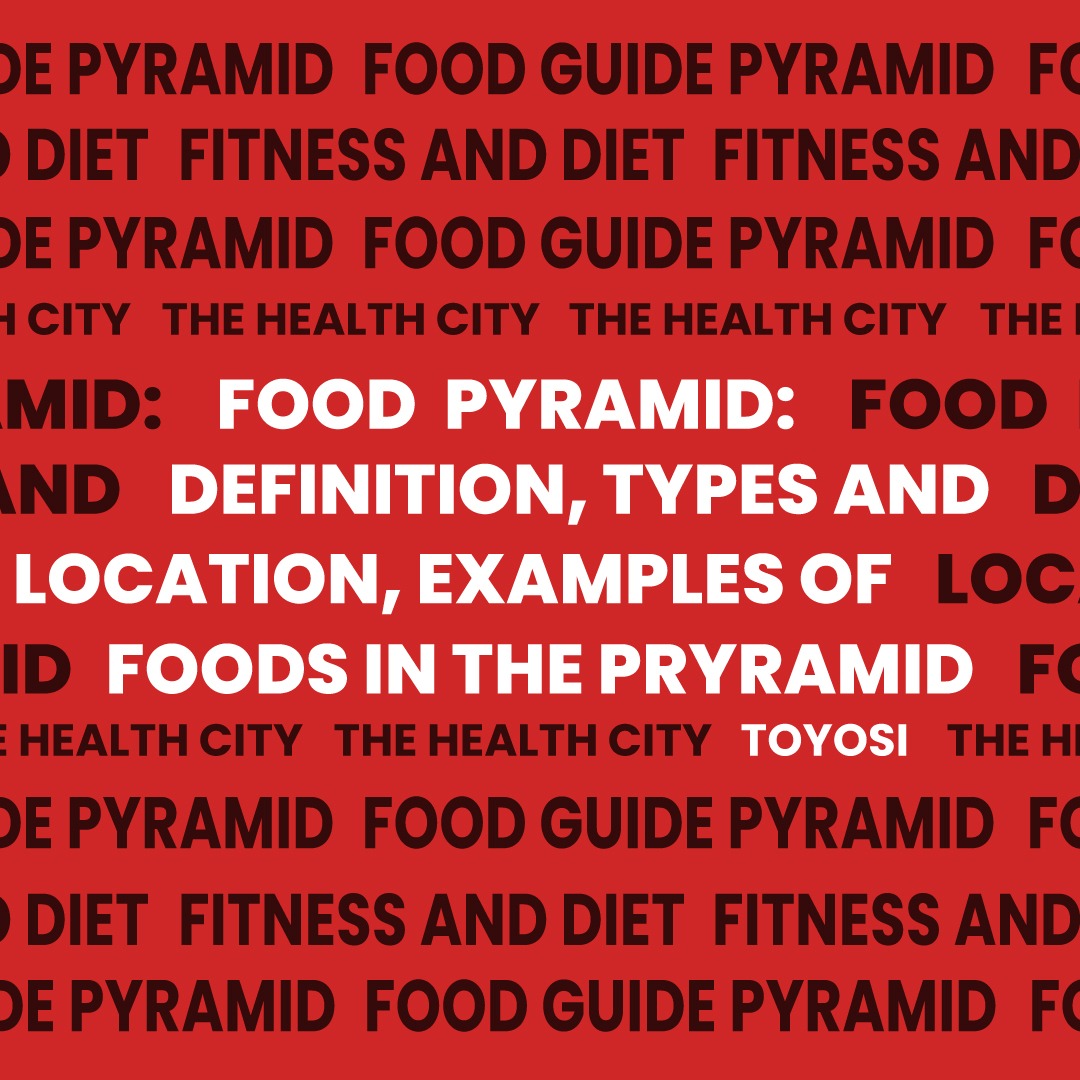
THE FOOD GUIDE PYRAMID
The food guide pyramid is a nutritional chart representation that was introduced in 1992 by the United States Department Of Agriculture ( USDA).
Although other diet plans are being introduced, the food guide pyramid remains effective in one's diet plan. The food guide pyramid serves as an outline that enables one to eat healthily.
Why is the food guide shaped like a pyramid?
It is shaped that way because it suggests that a person should take a large quantity of food from the bottom group and a lesser portion from the top.
Types of food guide pyramid
The classes of food in a balanced diet are similar to the food groups in a food guide pyramid which are;
- The grain group ( carbohydrates)
- The fruits and vegetables group
- The protein group
- The dairy group and
- The fats, oil, and sweets group.
The food groups are located from the grain group being at the bottom to the fats, oil, and sweet group being at the top. This means that you are to take high quantity of the grain group than the other food groups.
Examples of foods in the pyramid
• The grain group (The bottom of the pyramid): examples includes: potato, bread, pasta, rice
• The fruits and vegetable group: This includes all sort of fruits and vegetables
• The protein group includes meat, fish, egg, beans, etc. They are needed to repair worn-out tissues in the body.
• The dairy group includes milk, yogurt, and any other products made from animal milk.
• The fats, oil, and sweet group(the top of the pyramid): These are mostly junk food that is not so healthy, which explains why it is at that top of the pyramid. Examples include cakes, pizza, biscuits, pies, and saturated fats.
PS: Eating a balanced diet does not necessarily mean eating three times a day, the important thing is eating healthy regardless of how many times you eat, hence the food guide pyramid.

Latest Comments
No Comments Yet
To write a comment, You must be logged in
Login Here SIGN IN